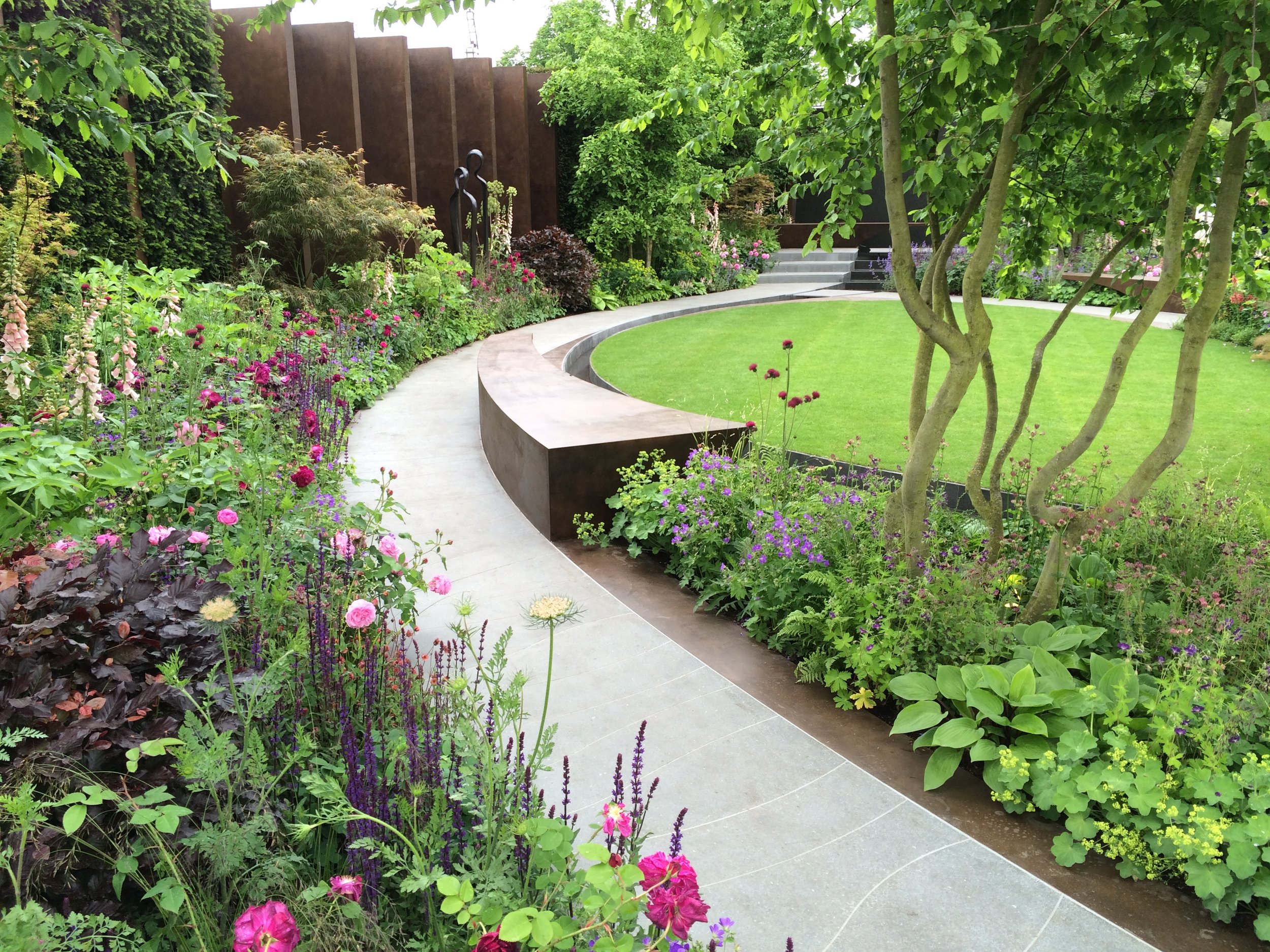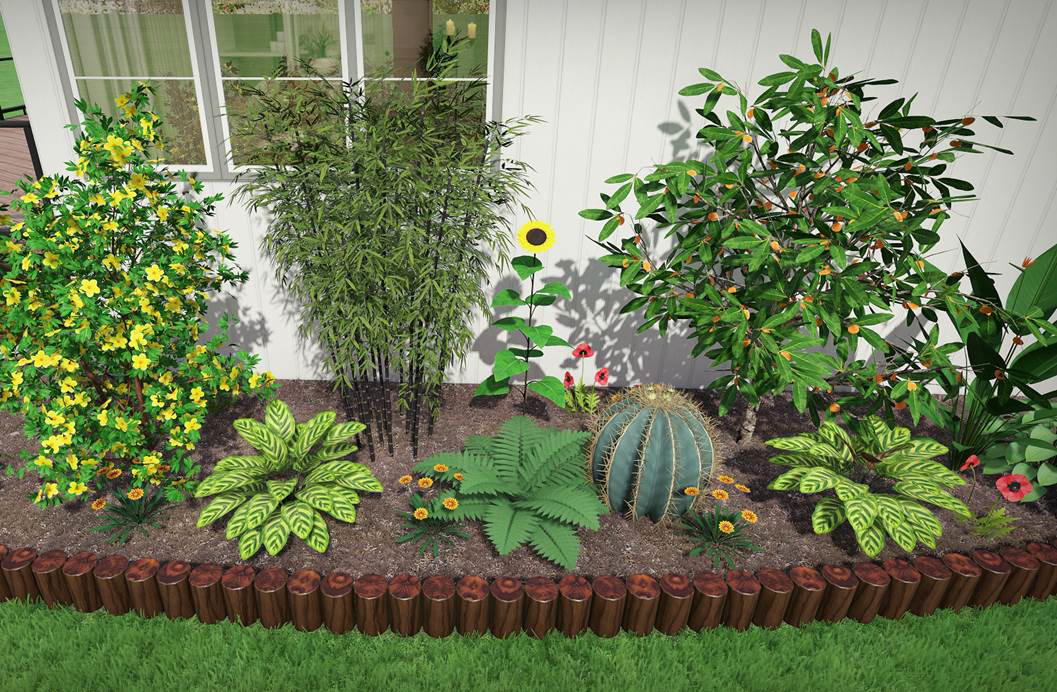The Basic Principles Of Landscapers
The Basic Principles Of Landscapers
Blog Article
3 Easy Facts About Landscapers Described
Table of ContentsLandscapers - QuestionsHow Landscapers can Save You Time, Stress, and Money.Some Known Facts About Landscapers.What Does Landscapers Mean?The smart Trick of Landscapers That Nobody is Discussing3 Easy Facts About Landscapers Shown
- A yard attribute where water is stood for by an accumulated rock product, normally a gravel or granite. These are most frequently located in modern-day and Japanese garden layout.- A stone or natural flagstone patio area, course, or pathway developed without a concrete base. The base would be compressed crushed rock and the joints would certainly be an accumulation or walkable ground cover. - A rock keeping or totally free standing wall surface developed without the use of mortar. - A below ground framework that accumulate water and enables it to reduce percolate into the dirt around it.
Landscape design that is suitable with a sites' setting in both appearance and sustainability without negative effects to the atmosphere. Edging in the landscape is a line of demarcation that creates visual rate of interest in the garden by separating one sector from one more segment. This can be aesthetic or functional, maintaining one aspect (such as pea crushed rock) from obtaining combined into another (like bark dust).
Locations can additionally sense of "enclosure" provided by trees, other plantings, fencings, or screens. The landscape near the entrance to a structure. A tree, shrub or vine, trained to expand on a wall surface or fencing right into a certain pattern. Especially helpful for fruit trees, making it very easy to collect the fruit and including mess.
The Only Guide for Landscapers

The aspect in a landscape layout or location in a landscape that is meant to be most famous. The focal point can be a plant, stone, statuary, gathering room, or various other landscape function.

Getting The Landscapers To Work
Low plants that are allowed or urged to spread out over an area. Can refer to any "hard" yard elements including statuary or boulders however the majority of generally is used to refer to courses, outdoor patios, and walls - Landscapers.: Height distinction between the degree of water in a fish pond (or the level of the pump my explanation if it sits outside the pond) and the upper outlet of water which impacts efficiency of the water pump in gph (gallons per hour).
A chemical utilized to control weeds. Fencing boards that run horizontally, usually utilized in modern or Japanese-inspired landscape styles. Lines that define areas within a landscape concept. These often prolong from corners or vital functions of an existing structure. Correct usage of fictional lines can assist the landscape feel connected to the home and other components.
Traditional PNW landscapes are informal. A plant that spreads out even more than wanted, or into habitats where it does damages.
All about Landscapers
Can include head positionings and coverage, pipeline sizing, GPM specs, and products needed to mount this system. Certified specialist that creates landscapes, coached in engineering and architecture as well as in cultivation.
The specialist who plans and creates landscape jobs, normally at a property or small business level with the major layout impetus on plantings. Landscape designers typically have less schooling than Landscape Architects and are not certified. A completed landscape layout, detailing all components for the brand-new landscape. This usually takes the kind of a drawing theoretically.
Utilizing many growings of the very same range to load in an area in the landscape. This can reduce upkeep and water more tips here use in the yard.
A layer of compost or bark dust used at the base of a plant. A plant that was existing in a geographical area prior to individuals began transforming the landscape.
Not known Facts About Landscapers
How the yard or a yard element is arranged in partnership to an existing or new feature or to an instructions. Turfs that are not mowed yet grown in landscapes as perennials.

Small round gravel. Plants that provide seasonal rate of interest and after that die back in the wintertime. Annuals do not come back the complying with period, yet perennials do. Winter lawn that is one of the most common turf lawn in Rose city, OR et cetera of the PNW.An open roofed structure over a patio area or various other landscape function.
Lava accumulated varying in size from 1/4" to dirt. The most common landscape gravel in the PNW. Area of the landscape developed to manage Homepage water up until it can saturate right into the ground. A chain that manages water as it takes a trip from a roofing rain gutter to the ground. Yard framework that creates a planting area that is had and greater than the bordering quality.
Developing a garden feature being composed mostly of stones with plantings that enhance and can grow in the rough atmosphere. Sprinkler head design that revolves a stream of water throughout a location.
Examine This Report about Landscapers

Report this page